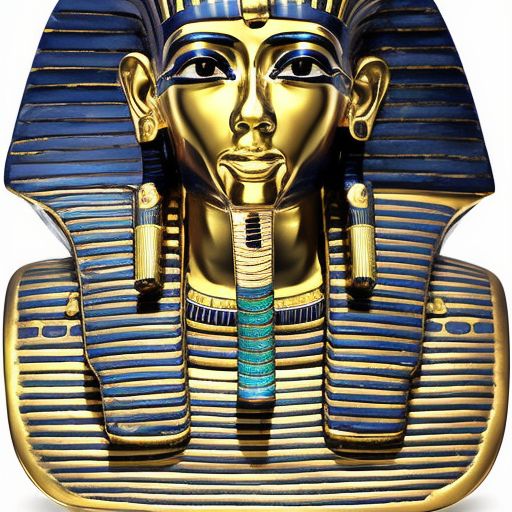D-Wave Systems, Inc. [2] is a quantum computing company, based in Burnaby, British Columbia, Canada. D-Wave is the world's first company to sell quantum computers.[3]
The D-Wave One was built on early prototypes such as D-Wave's Orion Quantum Computer. The prototype was a 16-qubit quantum annealingprocessor, demonstrated on February 13, 2007 at the Computer History Museum in Mountain View, California.[4] D-Wave demonstrated what they claimed to be a 28-qubit quantum annealing processor on November 12, 2007.[5] The chip was fabricated at the NASA Jet Propulsion LaboratoryMicrodevices Lab in Pasadena, California.[6]
The underlying ideas for the D-Wave approach arose from experimental results in condensed matter physics, and in particular work on quantum annealing in magnets performed by Dr. Gabriel Aeppli.[7] These ideas were later recast in the language of quantum computation by MIT physicists Ed Farhi, Seth Lloyd, Terry Orlando and Bill Kaminsky, whose publications in 2000[8] and 2004 [9] provided both a theoretical model for quantum computation that fit with the earlier work in quantum magnetism (specifically the adiabatic quantum computing model and quantum annealing, its finite temperature variant), and a specific enablement of that idea using superconducting flux qubits which is a close cousin to the designs D-Wave produced. In order to understand the origins of much of the controversy around the D-Wave approach, it is important to note that the origins of the D-Wave approach to quantum computation arose not from the conventional quantum information field, but from experimental condensed matter physics.
On May 11, 2011, D-Wave Systems announced D-Wave One, described as "the world's first commercially available quantum computer", operating on a 128-qubit chipset[10] using quantum annealing (a general method for finding the global minimum of a function by a process using quantum fluctuations)[11][12][13][14] to solve optimization problems. In May 2013, a collaboration between NASA, Google and the Universities Space Research Association (USRA) launched a Quantum Artificial Intelligence Lab based on the D-Wave Two 512-qubit quantum computer that would be used for research into machine learning, among other fields of study.[15]
On August 20, 2015, D-Wave Systems announced[16] the general availability of the D-Wave 2X[17] system, a 1000+ qubit quantum computer. This was followed by an announcement[18] on September 28, 2015 that it had been installed at the Quantum Artificial Intelligence Lab at NASA Ames Research Center.
In January 2017, D-Wave has released the D-Wave 2000Q and Qbsolv. Qbsolv[19][20][21] is a piece of open-source software that solves QUBO problems on both company's quantum processors and classic hardware architectures.


